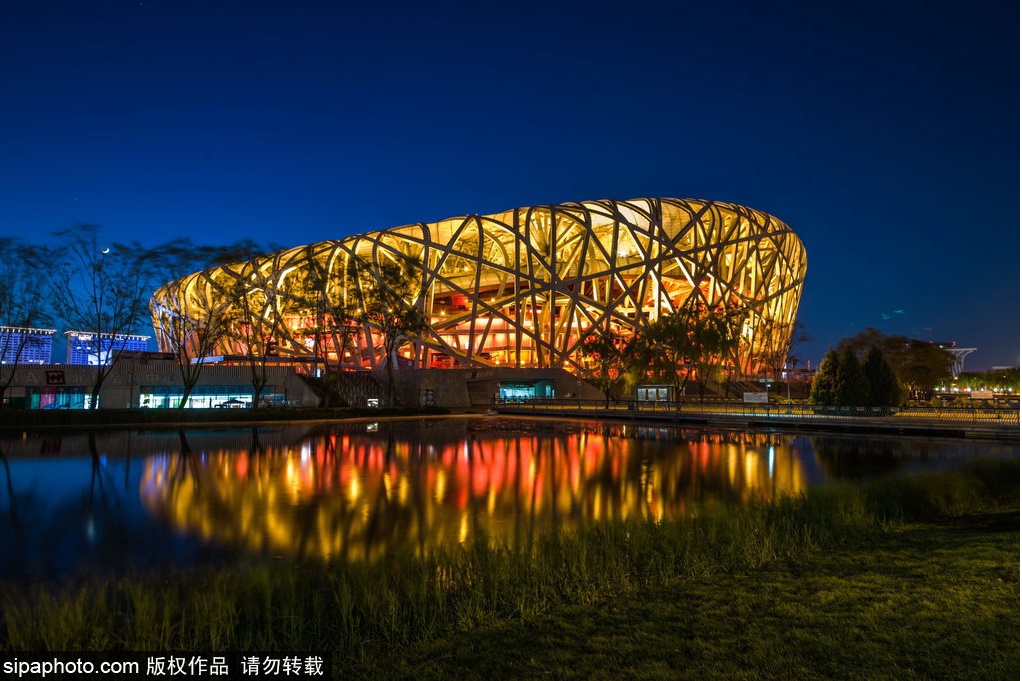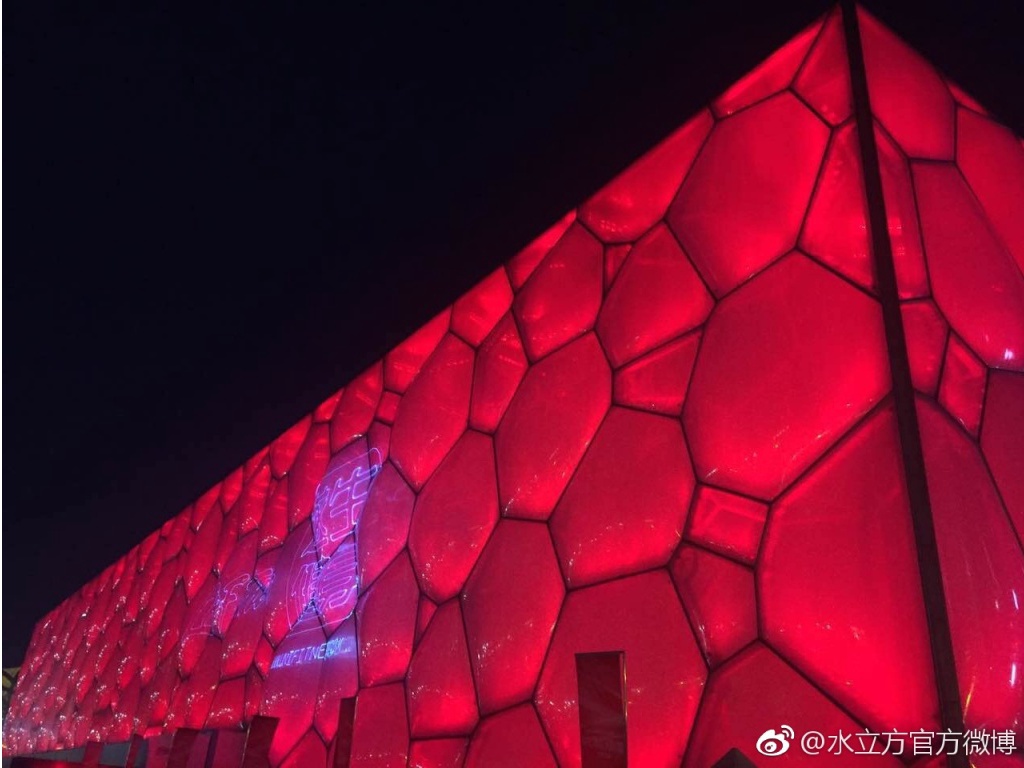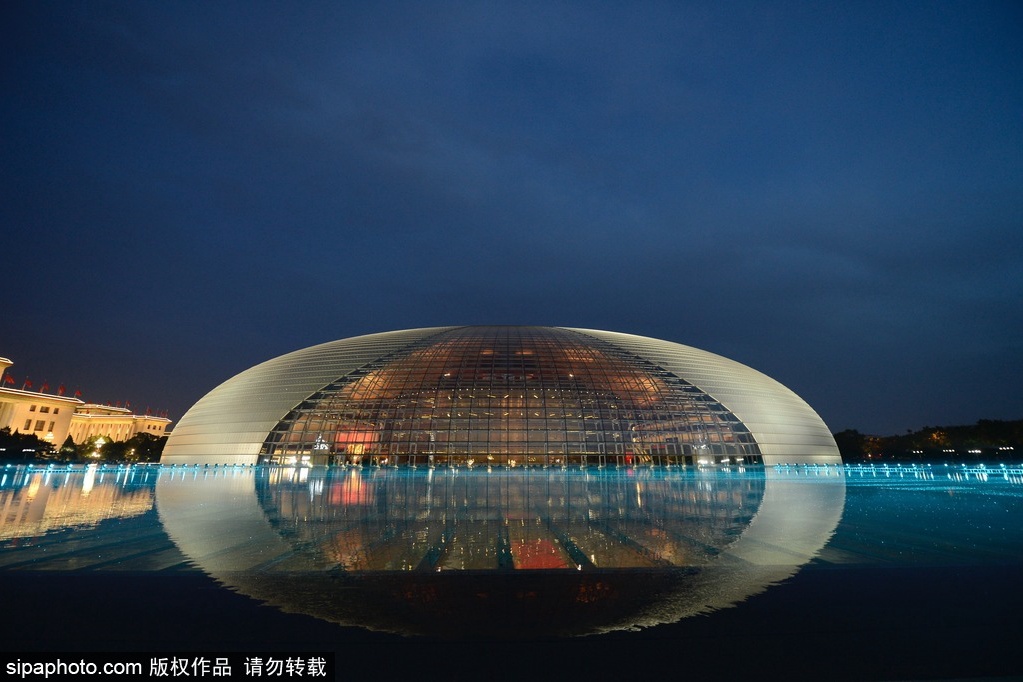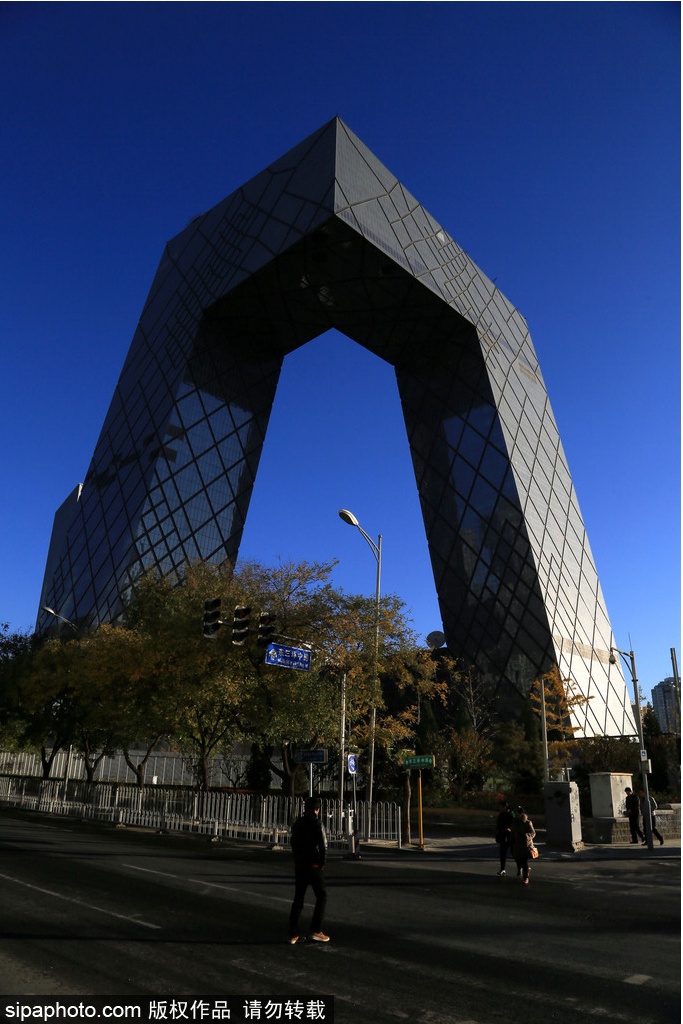Big cities never lack architectural landmarks. The Sydney Opera House is the best-known landmark of Sydney and even Australia, the Eiffel Tower a truly impressive landmark of Paris and even modern Europe.
Beijing, one of the most populous metropolises in the world, is no exception. The Tiananmen Square, symbol of New China and the venue for national festive gatherings, has been and will be the must-see for any newcomer from other parts of the country to the capital.
Located in the center of Olympic Green at the north end of the city's central axis, the National Stadium (known as the Bird’s Nest) and the National Aquatic Center (known as the Water Cube) are the two iconic structures of the Beijing Olympics. Visitors from other parts of the country or the world strive to take a picture with them as a memento.

As the main venue for the 2008 Beijing Olympic games, the National Stadium impresses people with its pure monstrous scale, complexity, and the unique way the steel supports interweave with one another in much the same way as a bird’s nest is constructed. Each steel support weighs several tons, approximately 42,000 tons of steel are used on this project alone. The spatial effect of the stadium is novel and radical, yet simple and of an almost archaic immediacy, thus creating a unique historical landmark for the Olympics of 2008. Designed by Pritzker Prize-winning architects Herzog & DeMeuron from Swiss and China Architecture Design Institute, the Bird’s Nest took more than four years (from the end of 2003 to the beginning of 2008) to complete and was selected as one of the top ten architectural miracles in the world by Time magazine in 2007.

The 2008 Beijing Olympic is more than a sports gala. Outstanding artists and performers from the world gather in Beijing to stage fantastic cultural feasts for the host city. The egg-shaped National Center for the Performing Arts (NCPA) is the right place to present wonderful performances. Among the extravaganza are graceful Russian ballet performances, classic music, ebullient samba from Latin America, remarkable Broadway musicals, and Irish tap dancing.

The ongoing performances are attracting though, the theatre itself is also an eye-catcher that can not be missed. Adjacent to the Great Hall of the People and the Tiananmen Square, the egg-shaped NCPA makes a showy display at the center of Beijing despite mounting controversy before its construction. Though lambasted as inappropriate and strange, the NCPA is here to stay. Designed by French architect Paul Andreu, the gigantic three-hall theatre is housed in a mammoth titanium and glass shell. Though the outside may look like a prop from War of the Worlds, the interior wins over most visitors. The dramatic entrance takes guests through transparent, underwater corridors in the Egg’s reflection pool.

The buildings that reshape the Beijing skyline are more than the above mammoths. The new CCTV (China Central Television) towers located on the East Third Ring Road are considered the most bizarre and grandiose construction in Beijing due to the way they connect. Some call the CCTV Tower “big pair of underwear,” but anyone well schooled in cartoons will think Sponge Bob.
Rem Koolhaas and Ole Scheeren of the Rotterdam-based Office for Metropolitan Architecture overcame great technical difficulties to build the 230 meter tower. The connection of the two separate towers is like a fiction story: construction had to be stopped after the sun rises because quality control would be difficult when steel swelled under the bright sunlight. The CCTV towers cost 5 billion yuan and consume 120 thousand tons of steel, with its scale second only to the Pentagon in the United States.
Whether they are awesome and splendid, or strange and bizarre, these gigantic buildings have become part of Beijing. The capital has always be the test field of novelty structures. Hundreds of years ago, the Forbidden City and the Yuanmingyuan Garden must have been the immediate talk of the town upon completion. Half a century ago, the top ten architectures in Beijing, including the Great Hall of People, the History Museum and Beijing Railway Station, were also considered unconventional and eye-opening. And today, these spectacular structures either dedicated to sports, performances or media coverage are here to stay and make themselves the new landmark architecture in Beijing.



